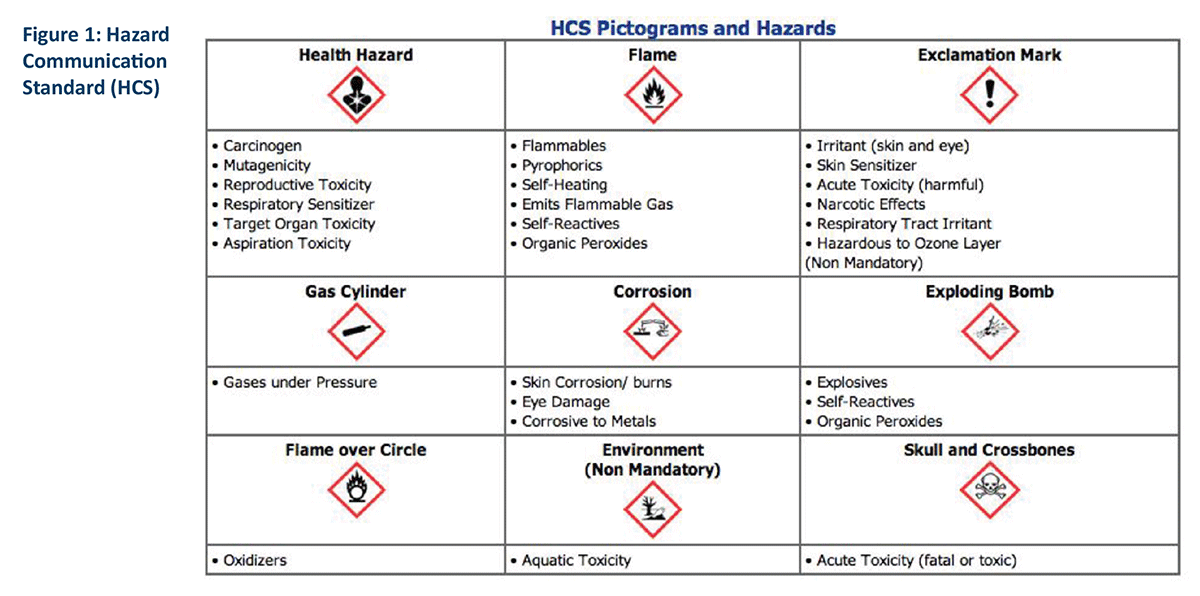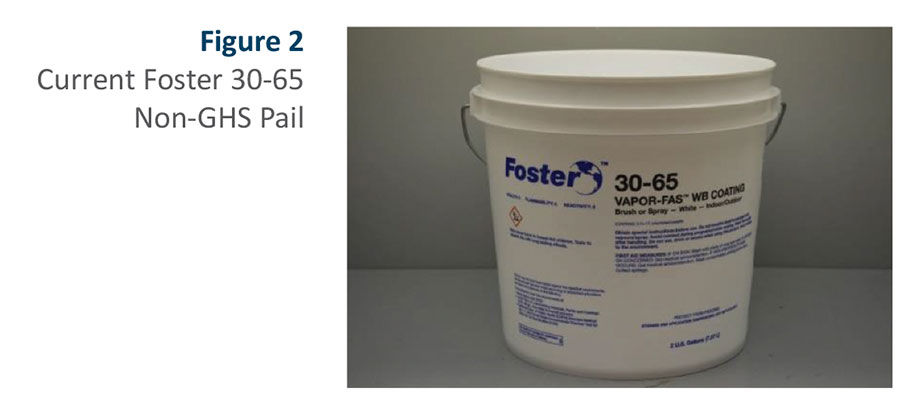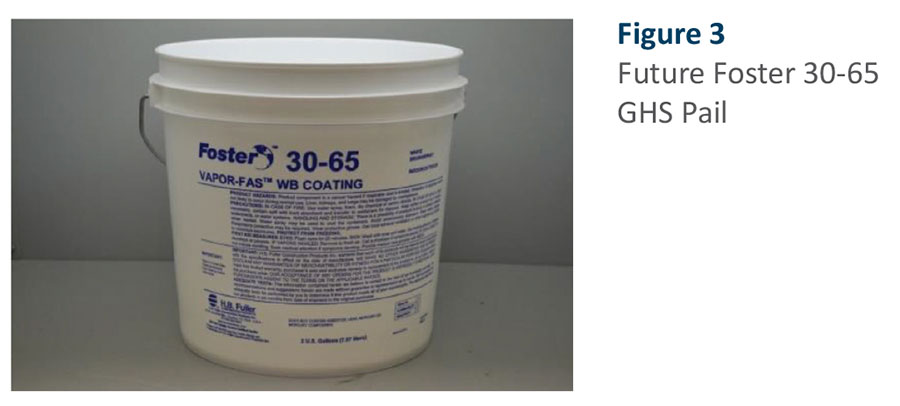Globally Harmonized Standards: What You Need to Know
June 1, 2015
What is GHS?
- GHS is an acronym for the Globally Harmonized System of Classification and Labelling of Chemicals.
- The intent is to have a standardized system of classifying and labelling chemicals on a global scale.
Who developed GHS?
- The United Nations developed the system.
Why is it necessary?
- Regulatory systems are already in place in many countries, but the differences in their systems can be significant enough to require many different classifications. GHS is
meant to provide a universal,
standardized format for the communication of hazard classification and communication format. - Ultimately, it should lead to improved worker safety.
Where is it being implemented?
- It is being implemented globally; however, compliance is not mandatory. Examples are below.
- South Korea and China are using it now.
- The Middle East has not adopted it yet.
- Australia and Europe have similar systems in place. Their systems will require minor modifications to match up with GHS.
When will it be implemented?
- In the United States, manufacturers of products that contain hazardous chemicals must be GHS compliant by June 1, 2015.
- Distributors of products from manufacturers must ship products that have GHS-compliant labelling by December 1, 2015.
- Material Safety Data Sheets
- All Material Safety Data Sheets (MSDS) will be converted to Safety Data Sheets (SDS) in 2015.
- This will coincide with the roll out of new Foster product labelling.
- Product labelling
- All Foster products will have GHS-compliant labels effective June 1, 2015.
- Distributors may sell products with current labelling through November 30, 2015.
- Distributors must ship GHS-compliant labels after December 1, 2015



Two Major Elements of GHS Hazard Classification
(Health, Physical, and Environmental)
- Classification is based on individual chemical components and the degree of hazard.
- If a product contains a hazardous component >0.1%, it must be communicated on the SDS and have appropriate warnings, and possibly pictograms, on the label.
- For example: If a product potentially contains as little as 0.1% or greater of a residual monomer, it could require a “Cancer” hazard warning on the product.
Hazard Communication (Safety Data Sheet, and Label)–Two Methods
- Pictograms–These are the graphics depicting the type of danger (i.e., flame, exclamation point, etc.) that are surrounded by the red diamond shown in Figure 1 above.
- Signal words (“Warning” or “Danger”).
